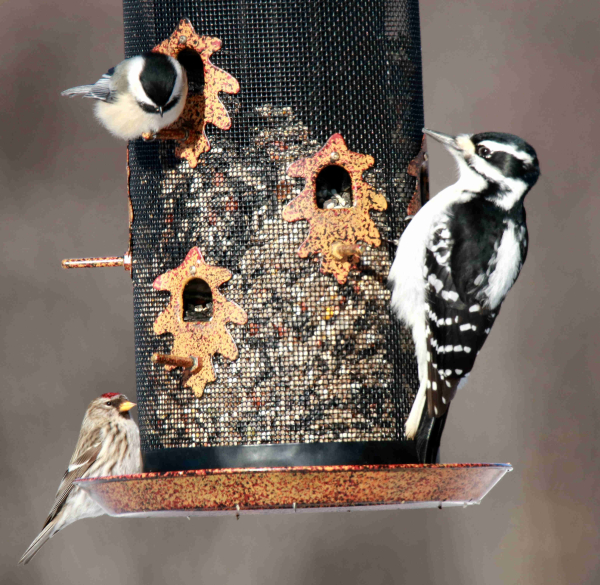Weasel: One Mean Killer
By Glen Wunderlich
Standing in the doorway of my garage, I couldn’t help but notice movement at my feet. The conspicuous black-tipped tail gave its identity away: weasel. It appeared to have something in its mouth, as it scurried along the foundation of the garage and later reappeared – this time inside. It seemed oblivious to the presence of us two humans present, as it went about its business of survival, yet vanished before a photo opportunity.
Pound for pound, they may be the toughest and most prolific killers in Michigan. Able to kill animals 10 times their size, the weasel is listed along with other nuisance animals in the hunting digest such as opossum, porcupine, red squirrel, skunk, ground squirrel, woodchuck, feral pigeons and others. There is no closed season and no limit on take.
Michigan is home to three distinct types of weasels: the least weasel, short-tailed weasel, and the long-tailed weasel. And, anyone with chickens or rabbits knows how vulnerable they are to the weasels’ penchant for killing – many times much more than they can consume, at least immediately. However, this seemingly wasteful behavior is crucial for their survival, as they stockpile food for winter.
The ermine and the long-tailed weasel exhibit delayed implantation – mating in summer or autumn. Interestingly, the fertilized eggs span a short development period and then lie dormant within the female until spring, when they implant themselves in the uterine wall; approximately 25 days later, young are born. This delayed implantation assures that litters arrive at a time when prey is abundant and competition for food is lessened. Female weasels give birth to 4 to 12 young, usually in underground nests.
Their senses of sight, smell and hearing are keenly acute, and they are aggressive, quick, and relentless in their pursuits, while finding prey mainly by scent. Weasels pounce on their prey and bite at the base of the back of its skull, as they hang on with all four legs.
Weasels become white in the wintertime as an adaptation to camouflage themselves from other predators, but that black tip on the tail remains. The white fur has been used to produce luxurious linings in coronation cloaks and crowns and the small, tanned ermine pelts go for as much as $30 to $40 on today’s retail market.
It may be my imagination, but the ground squirrels do not seem as numerous in and around the bird feeders this year and I may now have a clue relative to their welcomed and lowered population.







